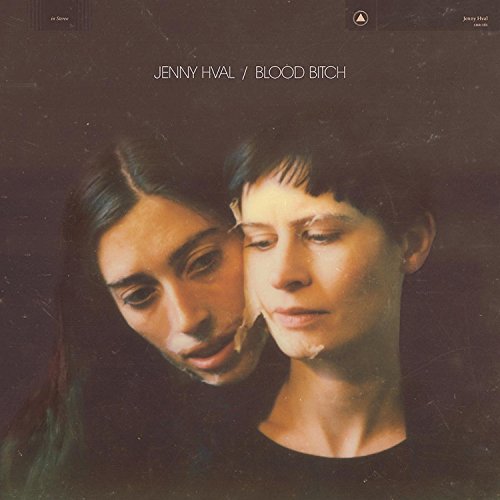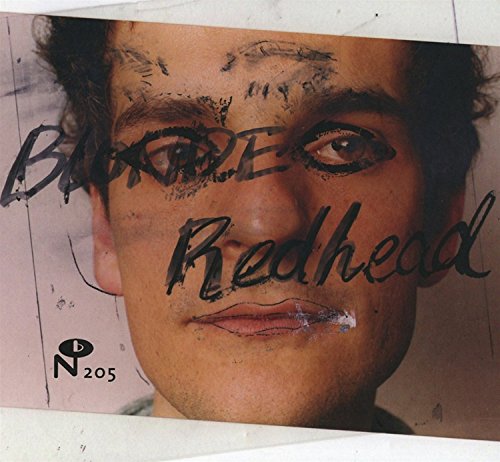Protecting the cash cows
Lest we forget that most large-scale music enterprises are fundamentally no different from other large businesses, The Guardian explores the world of gig insurance:
The amounts of money at risk can be phenomenal. “For a stadium show, it could be anything up to two million quid,” says Enthoven. But it is not just the income from ticket sales at risk. “For an act like One Direction, they possibly make more money from merchandise than they do for the tickets,” suggests Twomey. So that has to be factored into their policies, which are often taken out at the earliest stages in planning a tour and will only run for as long as the tour lasts. “They are not annual policies, like car insurance, where you rack up year after year of no claims,” says Howell. “It is very specific to the life and health of the individual or the band members that you are insuring.”This suggests, then, that the number of gigs which get pulled is roughly the same as it ever was, even if the value of those cancellations has skyrocketed.
A policy is generally worked out as a percentage of what the act will make at the end – typically 1.5%-2%, a figure that has not really changed in decades. “If more acts cancelled shows time after time, the premium rates would go up,” says Phil Middleton, general manager at ATC Management whose artists include Radiohead, Nick Cave & The Bad Seeds and Catfish and the Bottlemen.
It does make you wonder, though, how the music industry hasn't managed to improve its cancellation rate over the years - it's almost as if they know what breaks musicians, but are prepared to take the risk.
And, of course, if there's ability to insure against your musician breaking, you're going to take a few more risks with them.
You might wonder whose interest the insurance is in.
[Thanks to @zaichishka]









No comments:
Post a Comment
As a general rule, posts will only be deleted if they reek of spam.